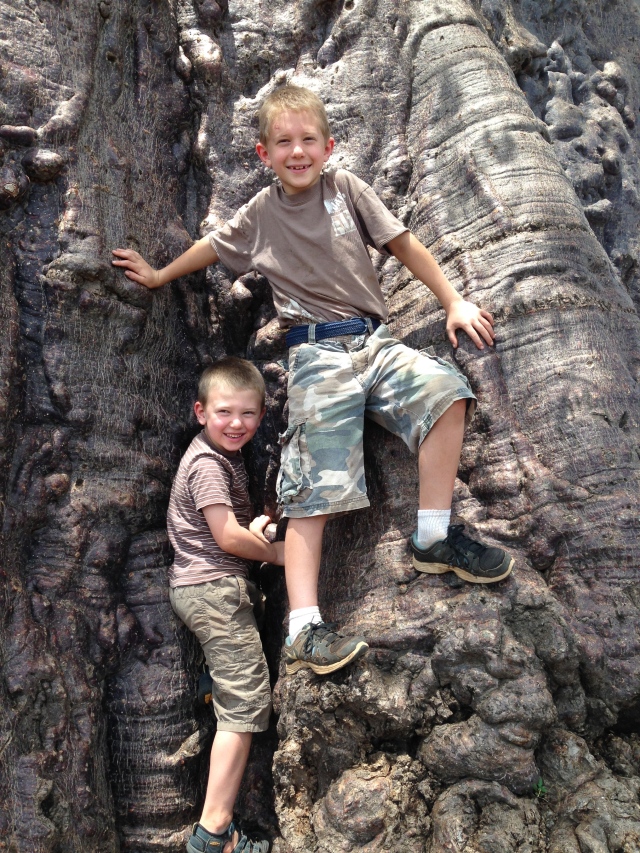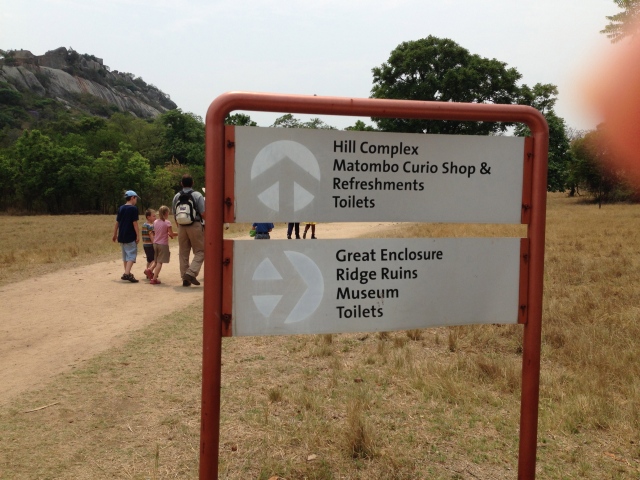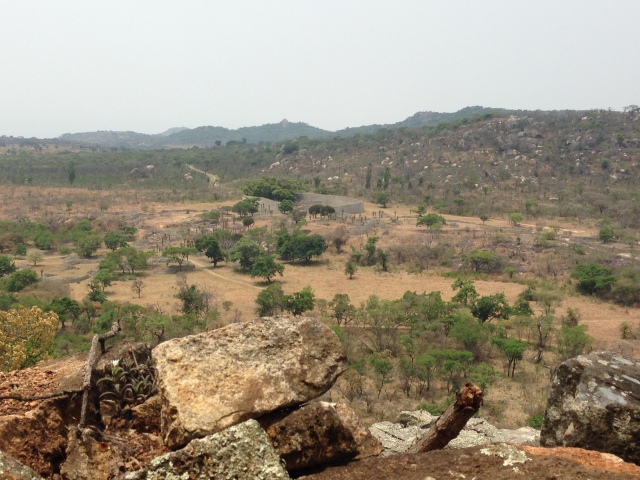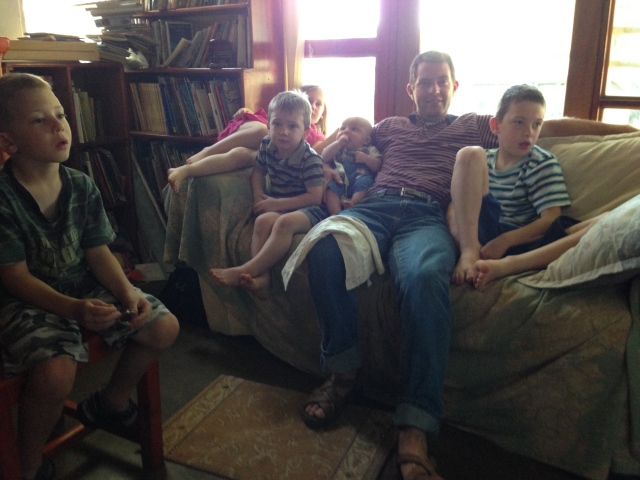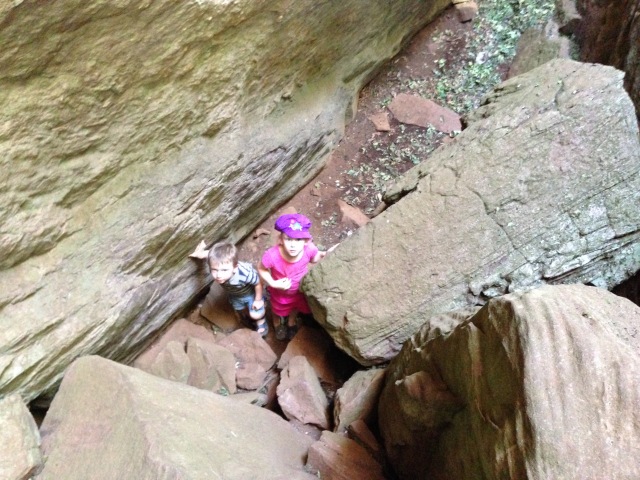Around World 80 Days Novel Guide Student
Around World 80 Days Teacher’s Guide
 Here is a free novel guide for the novel Around the World in Eighty Days by Jules Verne.
Here is a free novel guide for the novel Around the World in Eighty Days by Jules Verne.
Edition: In the teacher’s guide, I sometimes reference page numbers. The link above (not an affiliate) shows you the edition I used. You can use any edition, but I wanted to show which edition I used for the sake of those page numbers.
Why I did this:
I am using My Father’s World (MFW) Exploring Countries and Cultures (ECC) for our homeschooling curriculum this year with an 8th grader, a 6th grader, and two 3rd graders. MFW recommends adding two Progeny Press novel guides to complete the Language Arts component of 7th-8th grades.
While I have a few Progeny Press guides, I haven’t yet used one with my students. In general, from what I’ve seen of novel guides from different curriculum companies, the guides seemed overpriced for what you get–some reading comprehension questions and a lot of busy vocabulary work. Sometimes they include activity or character/Bible suggestions.
I wanted my boys to read Around the World in Eighty Days this year. I knew it would fit really well with our geography studies! I looked for a guide for this novel, and Progeny Press didn’t have one. Veritas Press did, but again it was mainly comprehension questions and vocab work. I was looking for something that included vocab work and comprehension questions, but also included and taught literary elements (preferably with a teaching style) like Center for Lit. I use and love Center for Lit’s Teaching the Classics and some of their Ready Readers. Although Center for Lit has a good selection of novels covered with their method, they didn’t have Around the World in Eighty Days. I have this “Any Novel Novel Study Guide,” which I think would work well for lots of novels; but it had too much writing for my sixth grader, and I wanted to be able to guide my students in a more specific way. I found a novel guide for the book with this company, which seems somehow to be connected to Harvard. It was helpful, but again didn’t have everything I wanted, especially the Christian worldview.
So I decided to make my own guide with all of these ideas. I wanted this guide to be a stepping stone into beginning literary analysis.
How I did this:
I took ideas from each of the companies’ methods and guides referenced above. The Harvard group put a lot of their novel guide for free on the internet; I cited their information several times, especially in their summaries and analyses articles. I found some historical information and activity and essay suggestions in different places. Like Progeny Press and Veritas, I included daily vocabulary work, but not with any exercises. Instead I used a vocabulary study method that Classical Writing teaches and then left it up to the teacher exactly how deeply to study the vocabulary. I tweaked some of the writing and activity suggestions from the Any Novel Novel Study Guide and other writing curricula, and followed Center for Lit’s Teaching the Classics guide to cover all of the literary elements.
What the Student Guide includes:
- Daily reading schedule
- How to annotate a book
- Instructions for how to set up a notebook for their notes on the novel
- Three options for vocabulary work
- Guidance in writing a chapter precis for every chapter in the book
- Character analysis and note-taking (ends with a 5-paragraph essay assignment)
- Setting analysis (also an essay)
- Just a bit of map work
- Several literary devices and elements
- Unapologetic conservative Christian worldview
- Study of historical context and author background
- Essay suggestions
- Interaction with literary analysis articles through Socratic discussion
- Plot and themes study
- Final activity project suggestions
What the Teacher’s Guide includes:
- Daily reading schedule with alternative options and suggestions
- Daily “Teacher Check” section that helps you know at a glance what your students worked on that day (and therefore what you need to assess)
- All literary devices and elements I could find in the book, listed by chapter
- Daily discussion questions (These are not worksheets for your students to write in; this is all oral, to help you not only ask comprehension questions, but also learn to lead the child in a Socratic, yet gentle, fashion in literary analysis.)
- Daily further research suggestions
- Daily activity suggestions
- Daily character and Bible extensions (which we did in oral discussion time)
- Daily copywork/dictation suggestions for those who would like that
- Helpful appendices with a vocabulary worksheet printable; two glossaries (one organized alphabetically and one organized by chapter); several short historical and author background articles; and a list of characters and themes
Miscellaneous Details:
- This was a labor of love. I enjoyed it! But it was a ton of work. (Now I understand why the novel guides are priced as highly as they are–except that mine is more detailed than any I’ve seen!) I hope someone else, especially beloved fellow-users of MFW, can be blessed by my sharing this guide. It would gratify me immensely to know that this was helpful to other homeschooling families. Therefore please find a kind and gracious way to critique these guides. Do let me know if you think something needs to be changed, but please do it in a gentle way.
- You are the teacher. If you think this is too much work, tweak it so it works for you and your students. I included everything I could think of that anyone might ever possibly want to do with a novel study guide; but we ourselves didn’t do any of the extra research suggestions and only a few of the activity suggestions. We did the lightest vocabulary work option, and the discussion questions were oral. My boys did everything in the student guide, but no extra written work. They did a one-sentence chapter summary for every chapter in the novel, but their writing curricula for years has prepared them to do that. (If someone would like to see examples of what they wrote for their chapter summaries, I can type that out. That way the teacher could have an idea whether the child is close or way off.)
- I wrote the student guide explicitly to the student. My sixth and eighth graders read the book, then read their novel guide and did any written work during their reading time. Later on, I would check their work and have a discussion time with them. My eighth grader had no trouble understanding and following the instructions in the guide. Sometimes my sixth grader did not read his instructions carefully and missed that he was supposed to make an entry in his notebook. Once reminded or corrected, he didn’t need help however. If your student hasn’t had much writing instruction, you will have to help teach the writing components or modify some of the instructions. But I think any child in 6th-8th grades could quickly learn to do the chapter summaries at the least.
- I planned the novel reading and the guide’s instruction to take 30-45 minutes daily (how long we had scheduled for reading time). The teacher assessment and discussion time can take an additional 5-45 minutes, depending on how much you cover. But I think it’s worth it, and important at certain points, to make that time. If you follow this schedule, it will take you 25 days (five weeks) to complete the novel and guide. But if you want to slow down the pace, you could take 6-8 weeks.
- It’s important not to bore the student with a close reading of every single book; however, at this age, students should start learning how analyze literature. Remember that this novel guide is only for five weeks. You don’t have to work this hard with every book throughout the year. If you want to really glean from this novel and study guide, perhaps ease up on your other writing curriculum on days that include a paragraph or essay assignment in this guide.
- Finally, for MFW users: MFW suggests two novel guides in the year. I debated when to read this novel–at the beginning of the year, in weeks 17-22 (when MFW schedules a lit guide), or at the end as a summary after we’d studied geography all year. I ended up doing it from weeks 23-27. I could have started on week 21, but I was waiting for my sons to finish some extra reading from Africa since we live in Africa. (We condensed the Africa 3-week study into two weeks, but not our reading assignments. Then we didn’t assign I Dared to Call Him Father.) This made us start our Country Report a bit later than scheduled, but it worked out fine. In fact, I enjoyed that the sections in the novel about India, China, and Japan hit on, or close to, the weeks that we were studying those countries. I think the book makes more sense if you already have some geography studies under your belt, but you could also start the year with it. We chose The Adventures of Tom Sawyer for our first lit guide to accompany America. If you read the novel earlier in the year, you could wait to do the research or activity suggestions later in the year in conjunction with your MFW studies, and simply remind the students of the connection to the novel. This novel would also fit well with MFW’s 1850 to Modern Times curriculum.
- Please contact me with any questions or suggestions. Enjoy your journey with Mr. Fogg and Passepartout around our Father’s world!













